
2014 | Papermakers' Garden | Columbia College Chicago & Fall River, Wisconsin
Sorghum Paper is a research and development project that involves collaboration with small scale sorghum producers in south central Wisconsin. Sorghum, like many U.S. cash crops, is used in a variety of industrial applications outside of food. In particular, its agri-waste is cited as use in industrial papermaking. Sorghum also is a sweetener with a rich American history, having once been a staple on tables across country. A variety of grass with a cane that holds high sugar content, it is resilient and can be grown in a variety of regions.
continue...
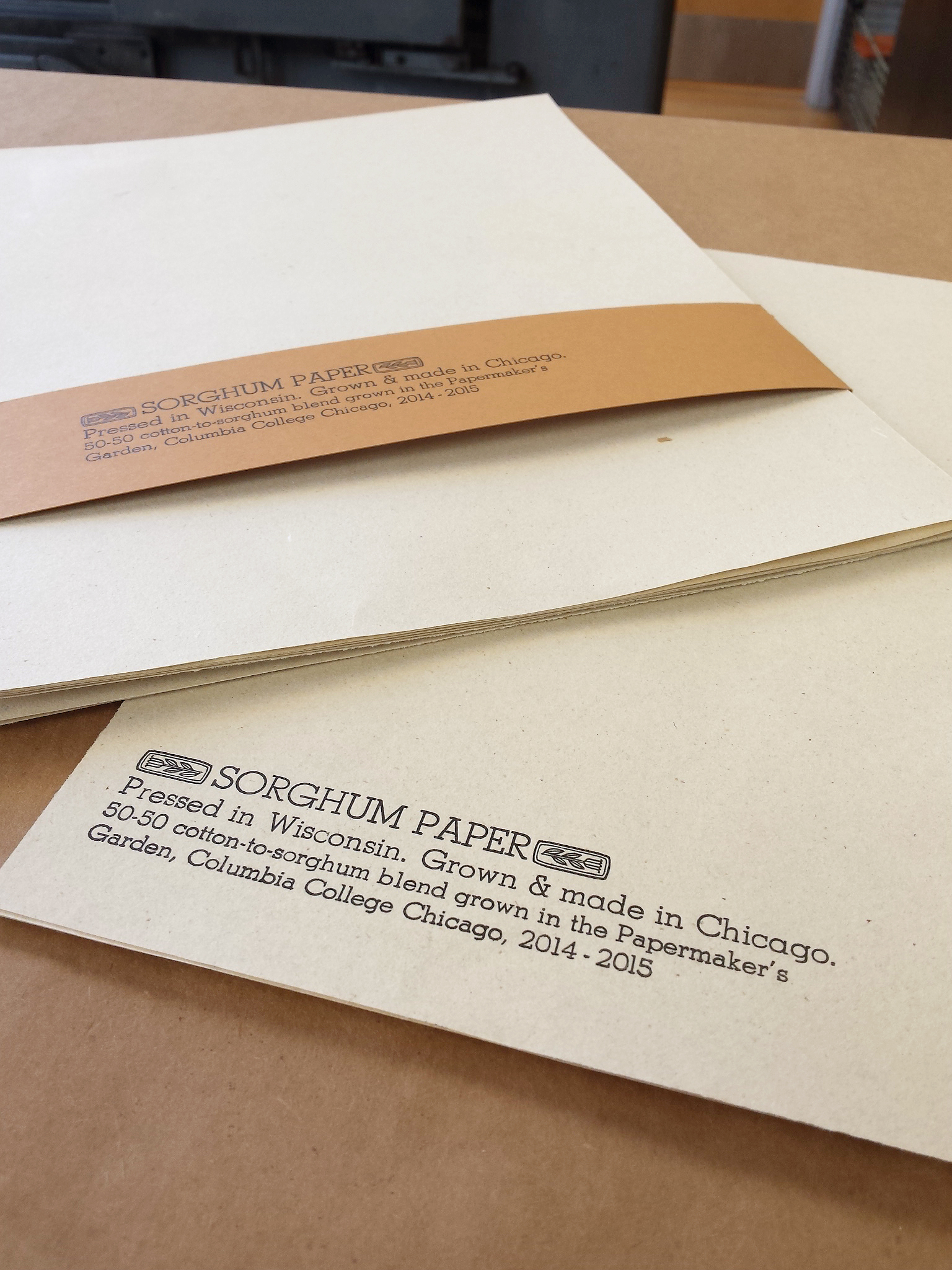
In spring of 2014, a 9' x 5' plot of Iowa Sweet and Sugar Drip sorghum was planted in the Papermakers' Garden.
...

The sorghum was grown with guidance provided via regular email correspondence with regional growers, in addition to the support of online sorghum producer groups.
...
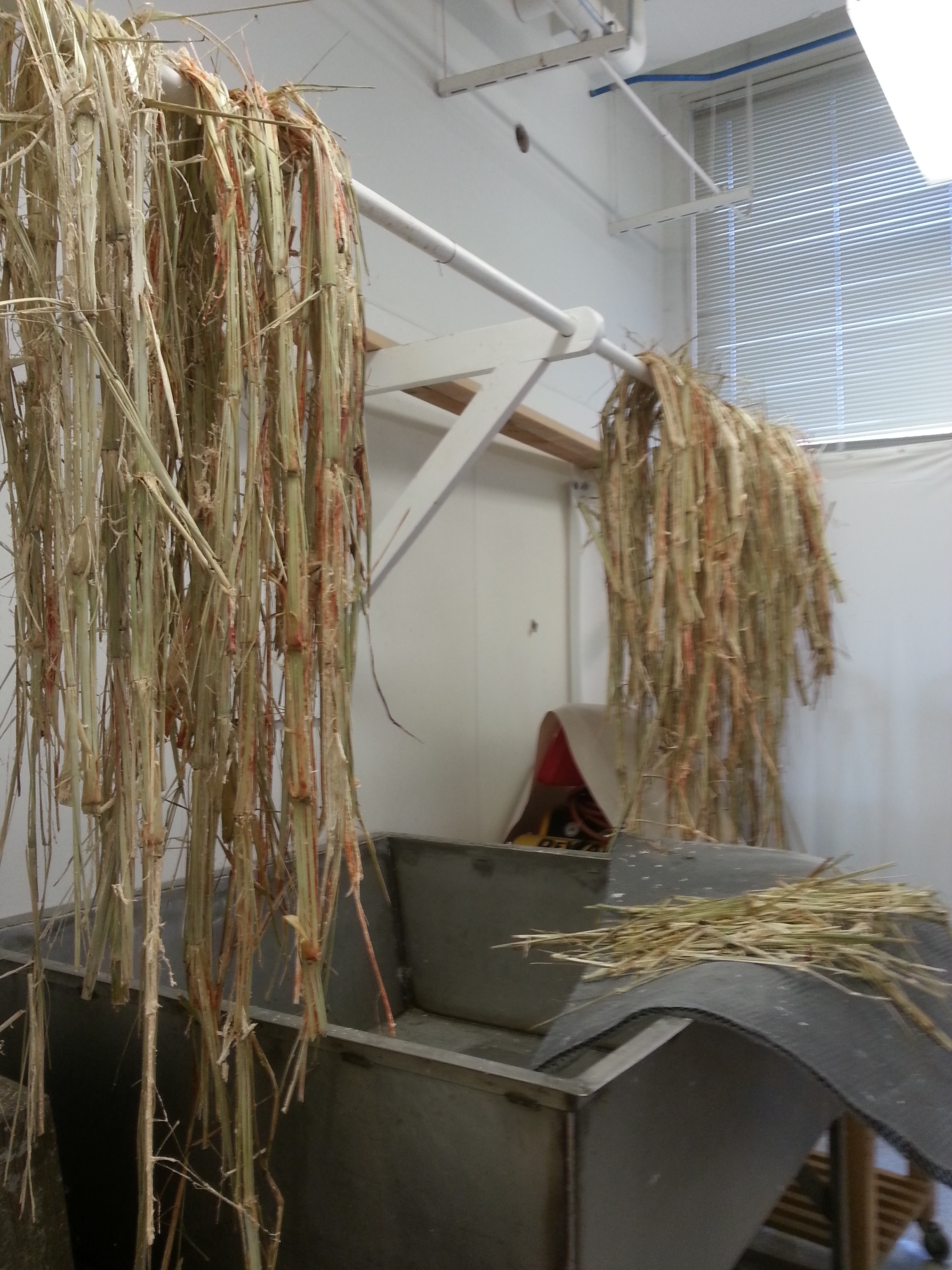
In the fall the crop was harvested by students, and prepped for pressing by stripping it of all its leaves. Once prepped it was loaded and transported to an annual sorghum festival in Fall River, Wisconsin.
...
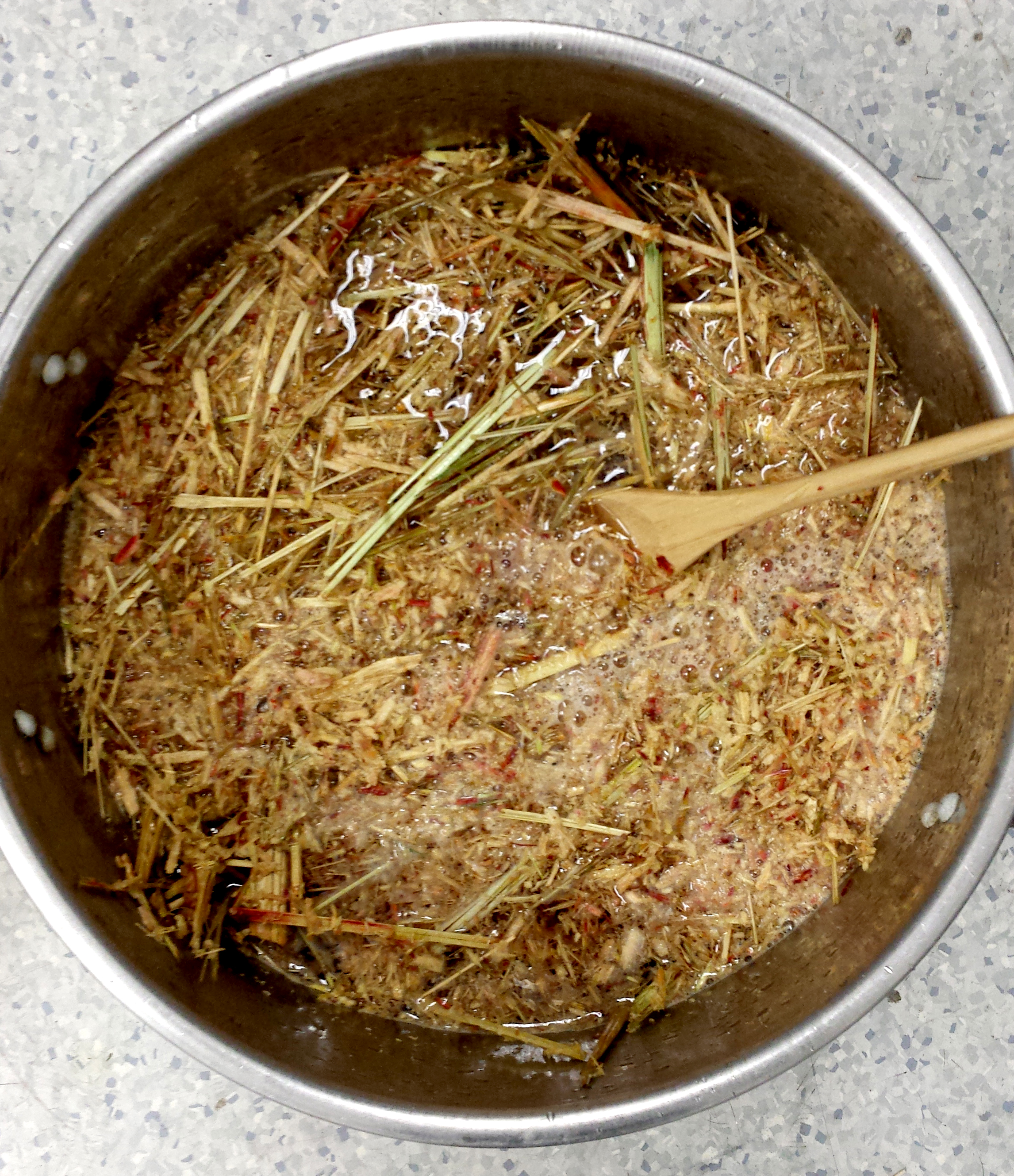
The real "festival" begins at 5 a.m. when small scale regional producers begin the job of pressing their cane and starting the boil. This is not so different than annual pressings of the past, which were much like threshing, a community affair. In exchange for pressing our cane, we helped press theirs.
...
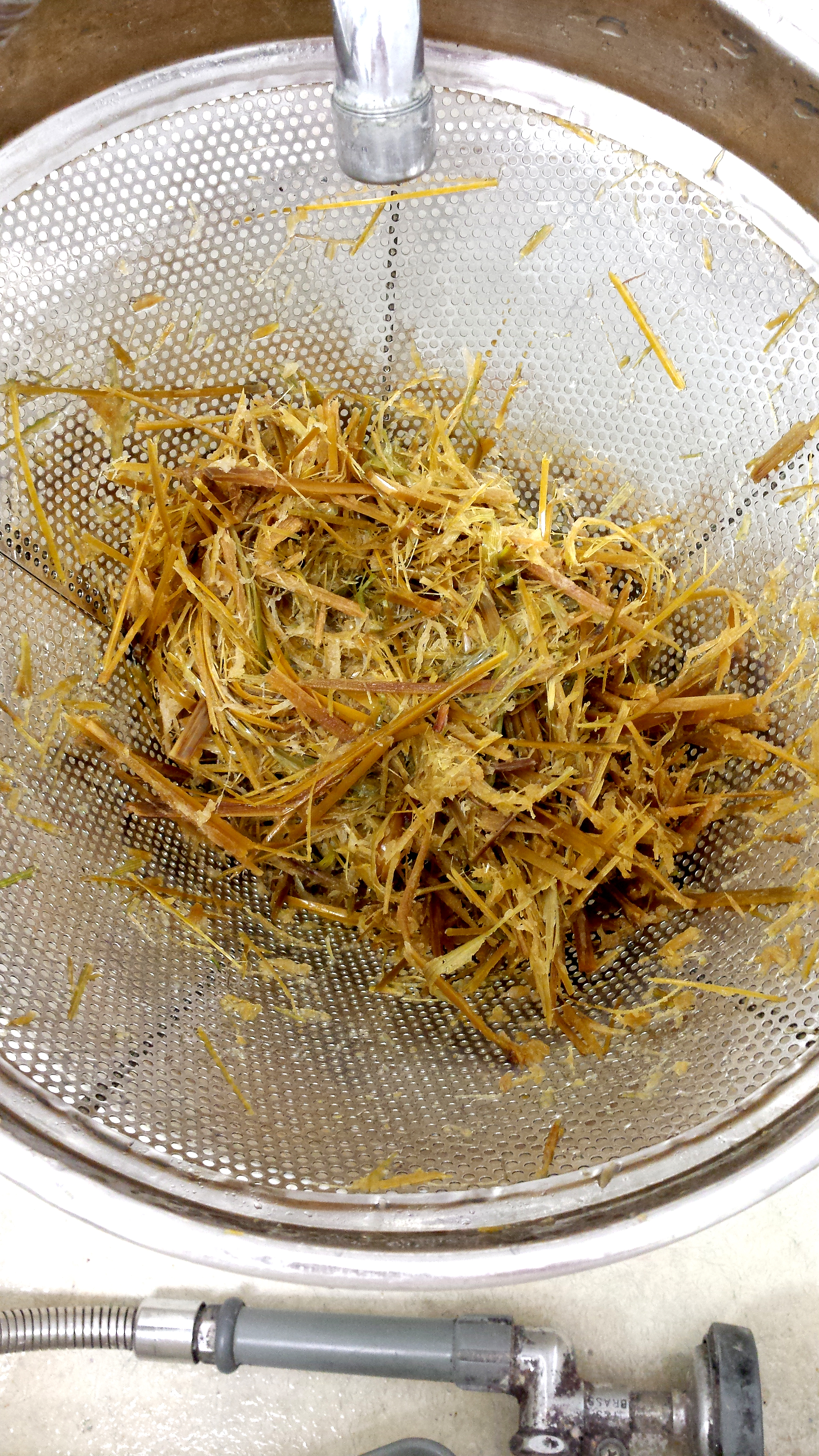
The 9 x 5 foot plot yielded 5 gallons of juices and more expressed bast than one could imagine processing. The bast was brought back to the Center for Book and Paper Arts at Columbia College Chicago where it was dried and processed into paper. For more durability, and versatile use, the sorghum was mixed with recycled cotton. The end product was a viable, smooth, handmade paper.
...

The juice was boiled down to 3.5 pints of syrup and distributed amongst all who helped make the project possible.
...(more documentation follows)...
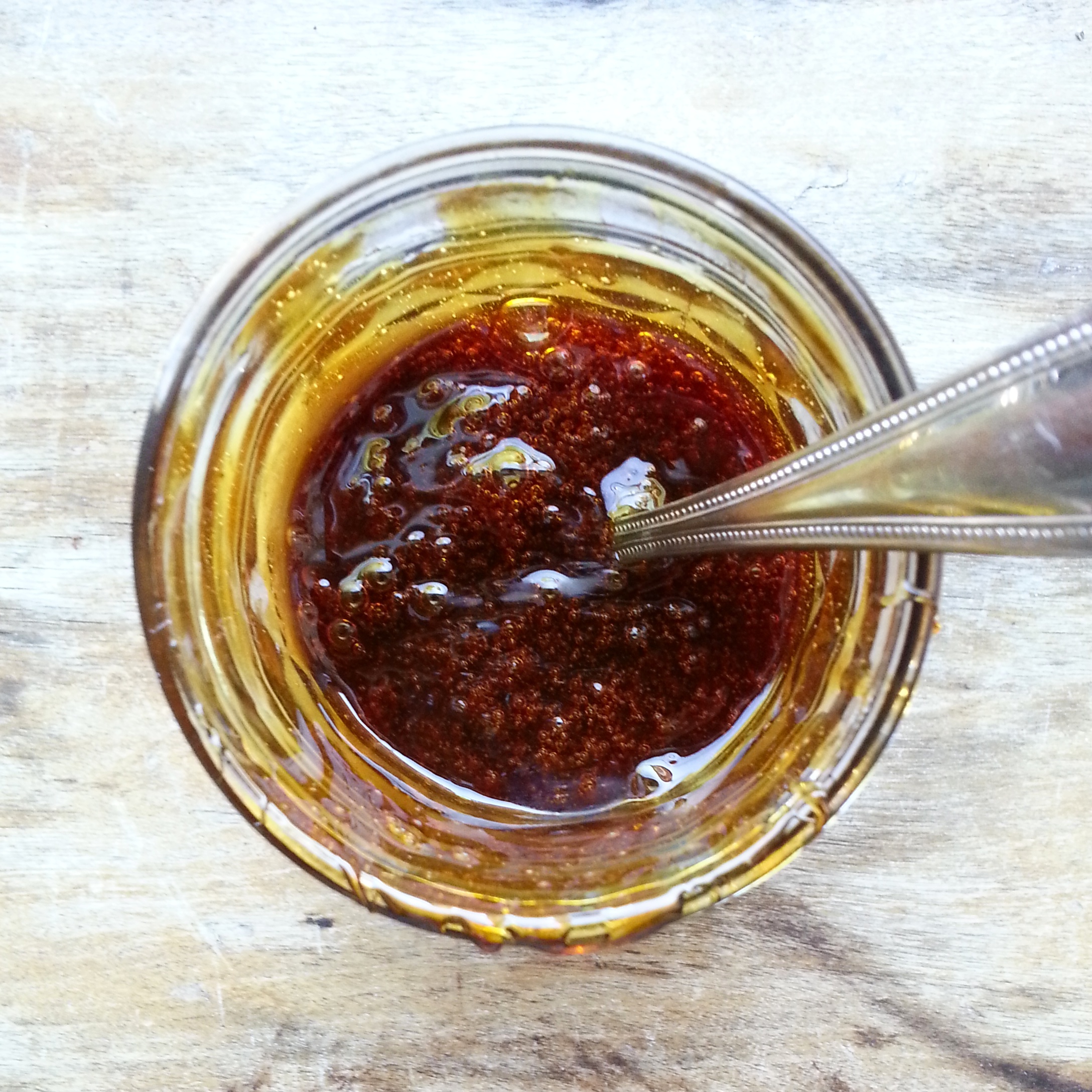
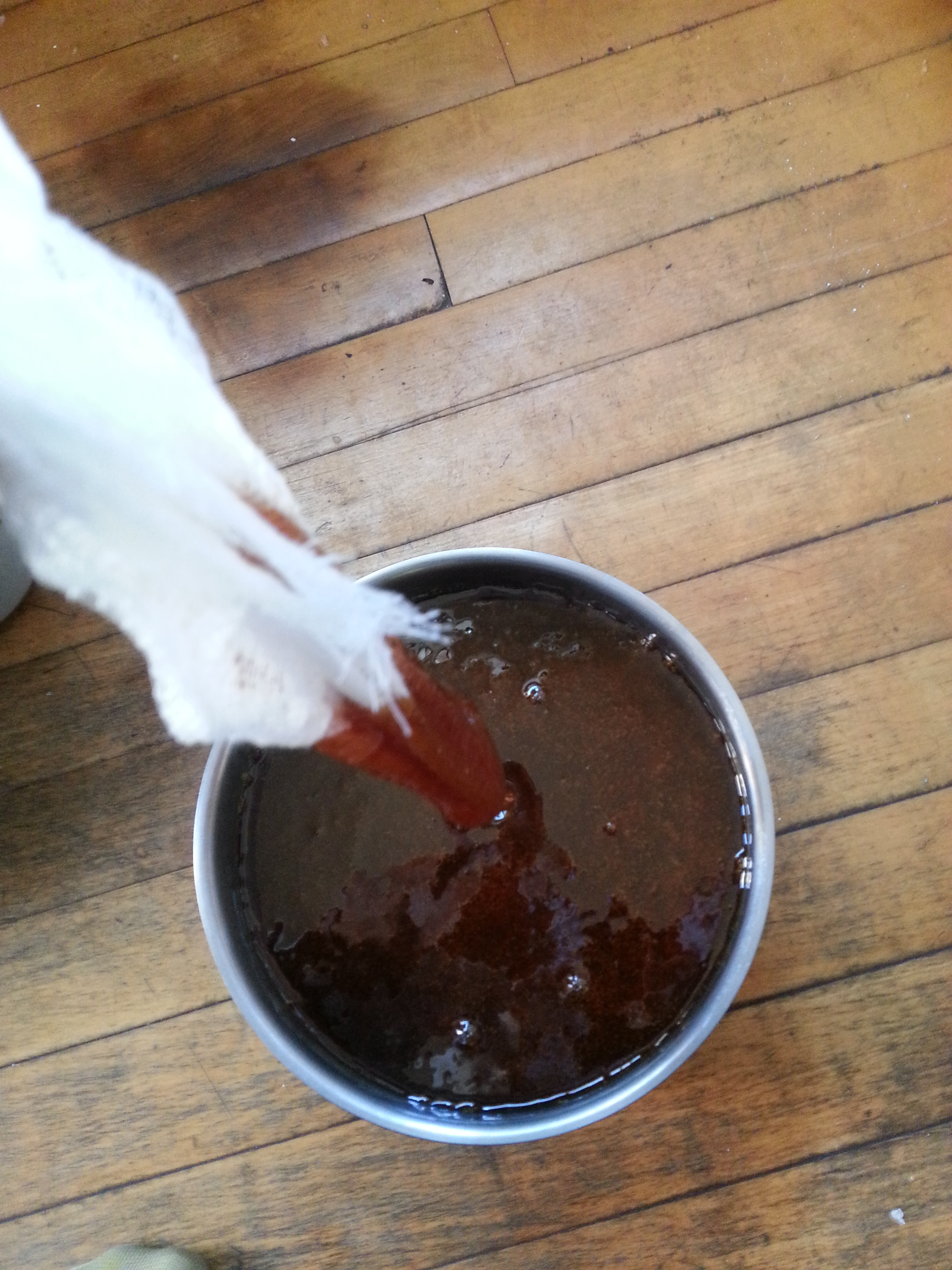

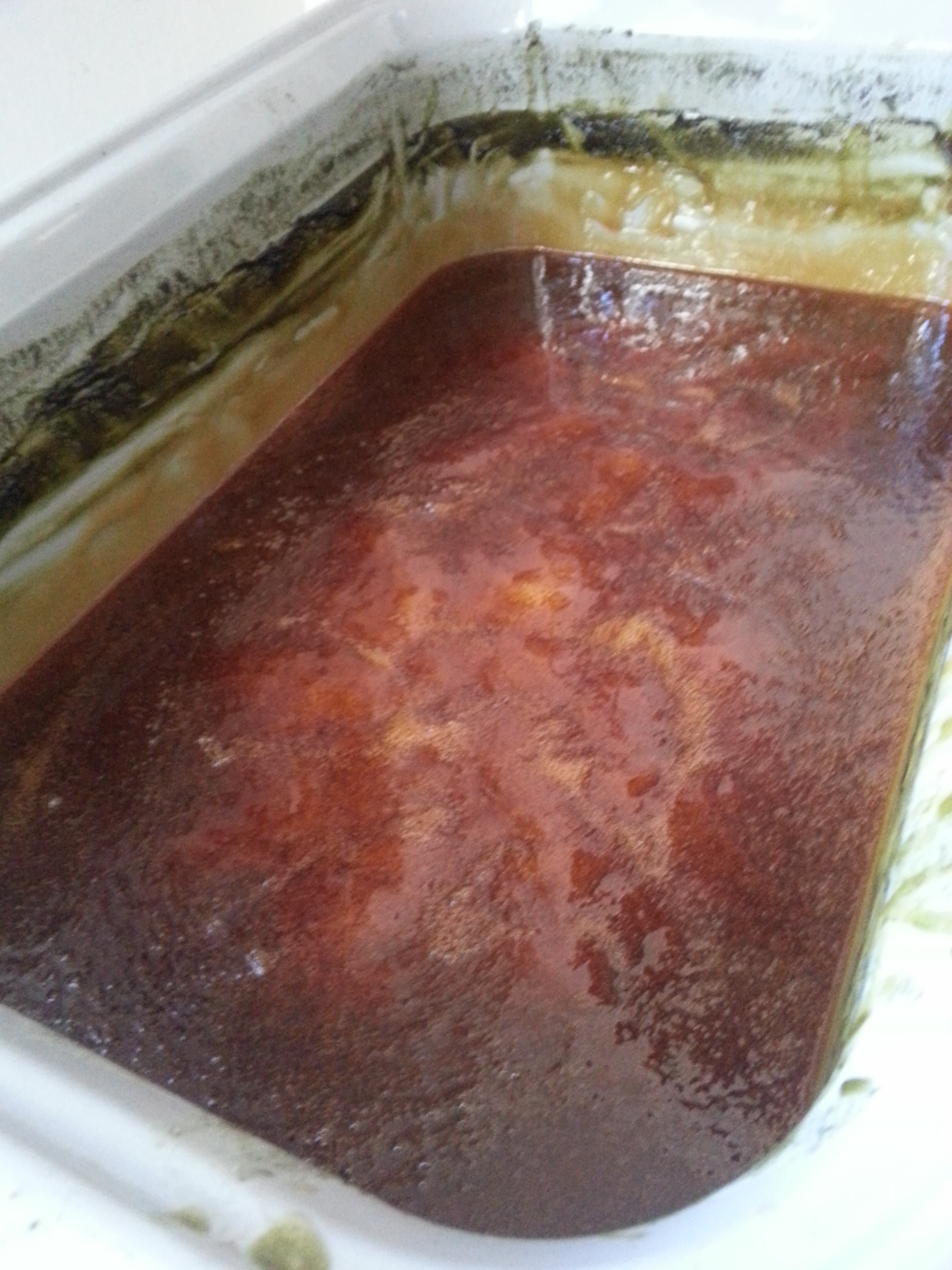
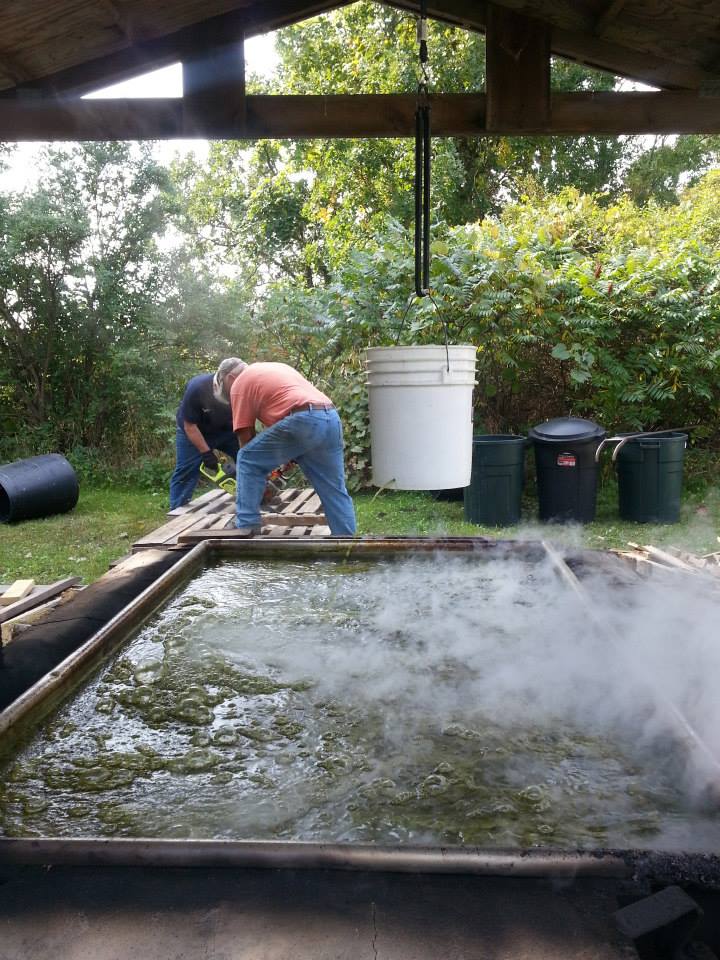
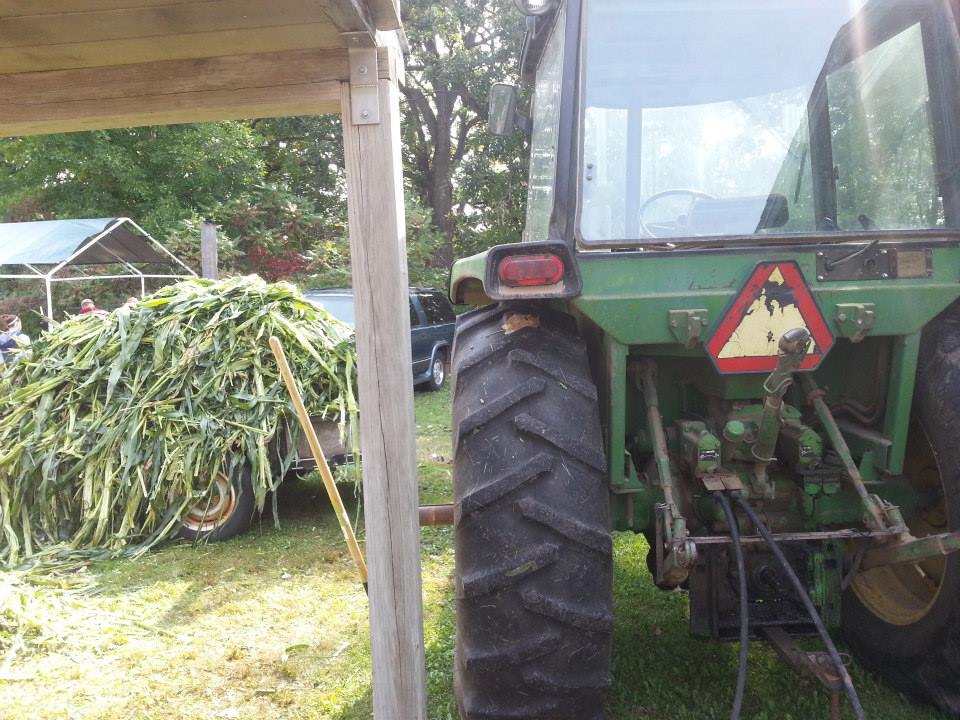
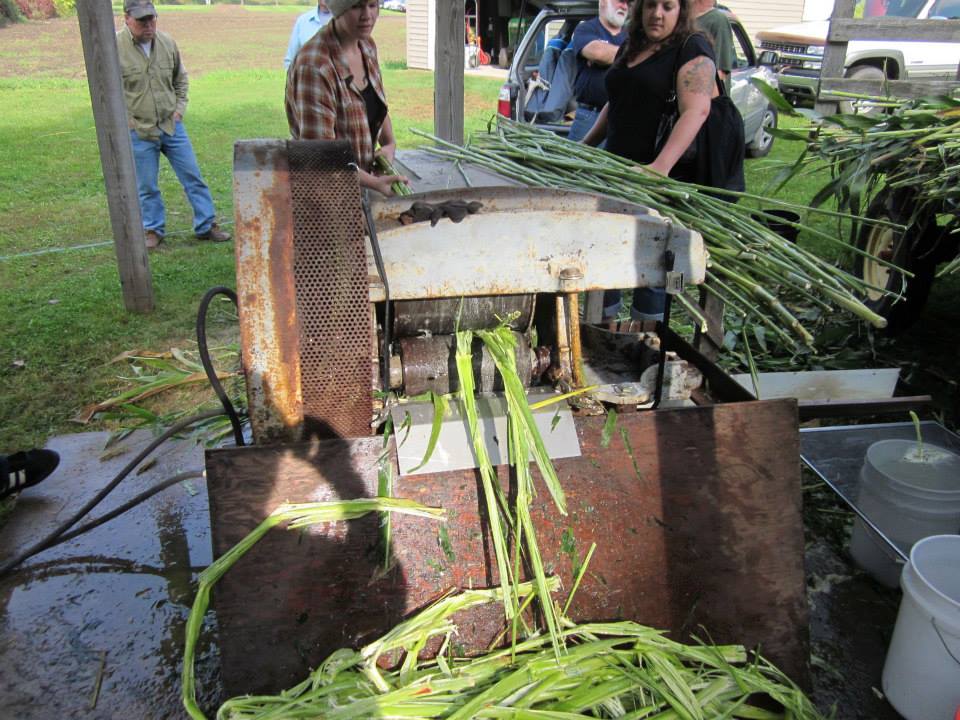

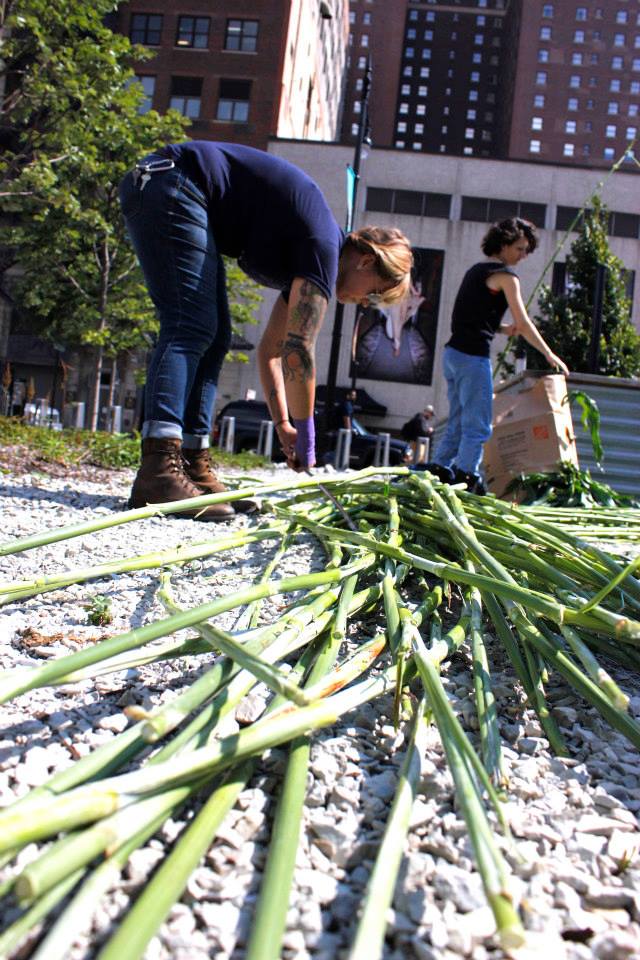
















2014 | Papermakers' Garden | Columbia College Chicago & Fall River, Wisconsin
Sorghum Paper is a research and development project that involves collaboration with small scale sorghum producers in south central Wisconsin. Sorghum, like many U.S. cash crops, is used in a variety of industrial applications outside of food. In particular, its agri-waste is cited as use in industrial papermaking. Sorghum also is a sweetener with a rich American history, having once been a staple on tables across country. A variety of grass with a cane that holds high sugar content, it is resilient and can be grown in a variety of regions.
continue...
In spring of 2014, a 9' x 5' plot of Iowa Sweet and Sugar Drip sorghum was planted in the Papermakers' Garden.
...
The sorghum was grown with guidance provided via regular email correspondence with regional growers, in addition to the support of online sorghum producer groups.
...
In the fall the crop was harvested by students, and prepped for pressing by stripping it of all its leaves. Once prepped it was loaded and transported to an annual sorghum festival in Fall River, Wisconsin.
...
The real "festival" begins at 5 a.m. when small scale regional producers begin the job of pressing their cane and starting the boil. This is not so different than annual pressings of the past, which were much like threshing, a community affair. In exchange for pressing our cane, we helped press theirs.
...
The 9 x 5 foot plot yielded 5 gallons of juices and more expressed bast than one could imagine processing. The bast was brought back to the Center for Book and Paper Arts at Columbia College Chicago where it was dried and processed into paper. For more durability, and versatile use, the sorghum was mixed with recycled cotton. The end product was a viable, smooth, handmade paper.
...
The juice was boiled down to 3.5 pints of syrup and distributed amongst all who helped make the project possible.
...(more documentation follows)...